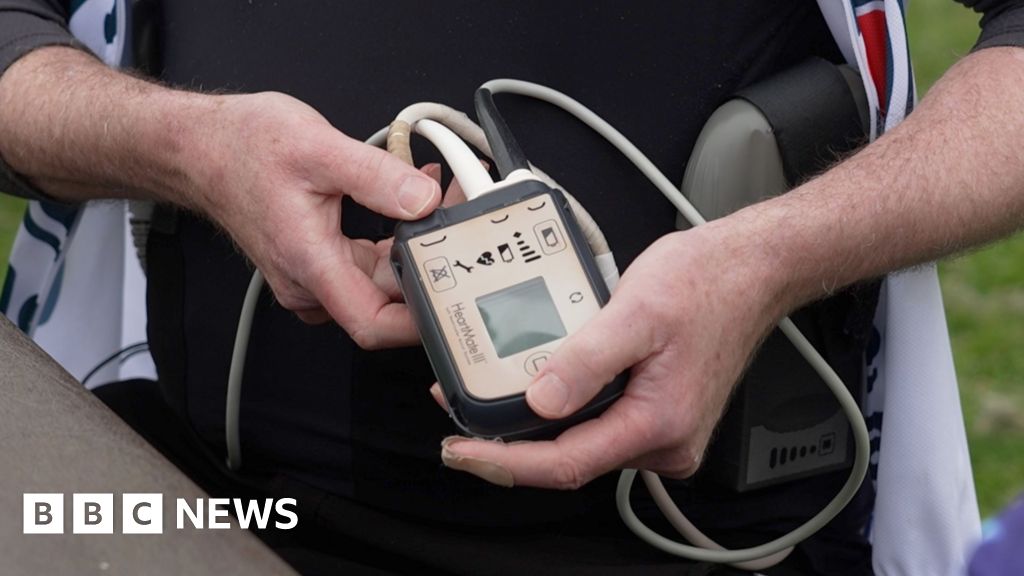Consultant cardiologist Dr Steve Shaw assesses patients for suitability.
“The criteria to being suitable for an LVAD is focussed around whether you are a transplant candidate,” he tells me.
“Your heart failure has to be severe enough to put you in imminent jeopardy of death.”
The device has always been seen as a bridge to a full heart transplant.
Dr Shaw says while that is still the “gold standard”, LVAD survival rates are now so good that some, particularly older, patients are choosing to stay with what they have, rather than risk further major surgery.
He says there are pros and cons to both. The LVAD requires batteries and some limitations on lifestyle, but a transplant also requires huge change.
“The baggage with transplant is that you have a foreign organ and that foreign organ will try to be rejected by the immune system unless we use immunosuppressant drugs.
“And immunosuppressants when you take them over a long time period gives a patient unique risks.”
Those risks include infections and even some skin cancers.
Bob Gower, now 71, says he has decided to stick with his LVAD.
“I think my quality of life at the moment is more than good enough and I wouldn’t want to go through the risk and upheaval of having a transplant now even if it were available,” he says.

